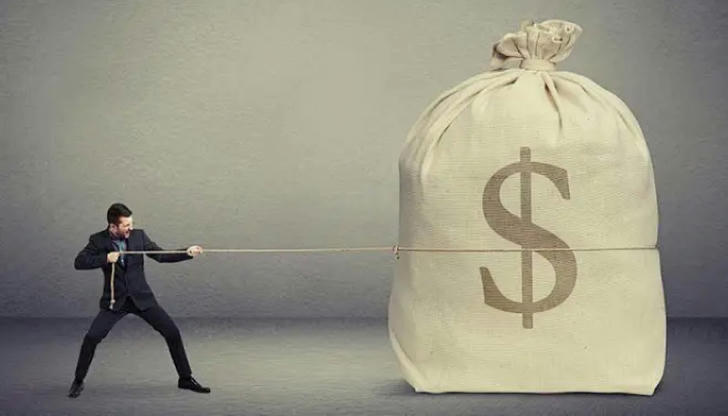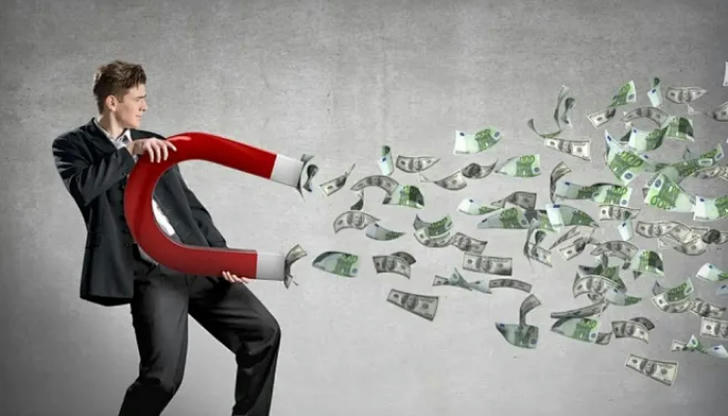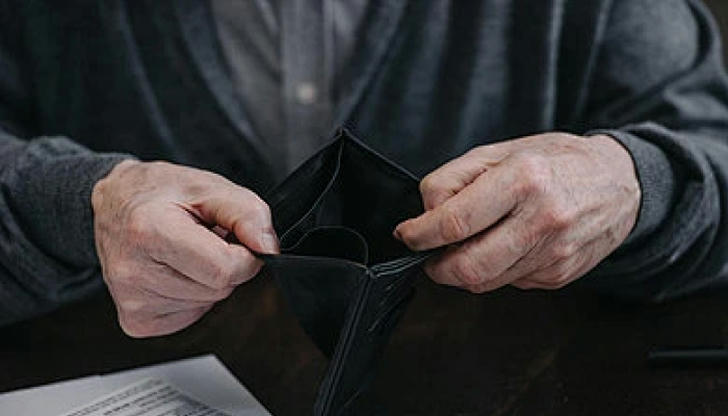Payday Loans: Quick Cash or Debt Trap?
Payday loans promise quick cash solutions, but their hidden costs trap millions in debt cycles. Let's uncover the truth behind these controversial loans.

Table of Contents
- What Exactly Are Payday Loans?
- How It Works: The Nuts and Bolts
- The Hidden Costs That Will Shock You
- Who Uses Payday Loans?
- Alternatives That Won't Empty Your Wallet
- Survival Guide: How to Escape the Cycle
1. What Exactly Are Payday Loans?
Payday loans are short-term, high-cost loans designed to "bridge the gap" until your next paycheck. Typically:
- Loan amounts: $100-$1,000 (Consumer Financial Protection Bureau, 2022)
- Term length: 2-4 weeks
- No credit check required
- Requires post-dated check or bank account access
Key Fact: 12 million Americans use payday loans annually, spending $9 billion on fees alone*(CFPB, 2023 Payday Loan Market Report)*.
2. How It Works: The Nuts and Bolts
The 3-Step Process
- Apply: Show ID, proof of income, and bank account details
- Receive Cash: Get funds within hours
- Repay: Full amount + fees due on next payday
Fee Structure Example
| Loan Amount | Fee | APR Equivalent | Source |
|---|---|---|---|
| $500 | $75 | 391% | Pew Research, 2023 |
| $300 | $45 | 382% | Federal Reserve, 2022 |
Code Block Alert:
Repeat borrowers account for 75% of all fees collected by lenders (National Consumer Law Center, 2021).

3. The Hidden Costs That Will Shock You
The Debt Spiral
- Average borrower takes out 8 loans per year (CFPB, 2023)
- 1 in 5 borrowers default, leading to bank penalties and credit damage (Urban Institute, 2022)
- NSF fees from failed payments:**$34 per attempt***(FDIC National Survey, 2023)*
Real-Life Case Study:
Maria, a single mother in Texas, borrowed $500 for emergency car repairs. After 3 rollovers, she paid $1,200 in fees over 6 months — a story confirmed by ProPublica’s 2023 investigation.
4. Who Uses Payday Loans? (Spoiler: It's Not Who You Think)
Surprising User Statistics
- 58% have credit cards (but maxed out) (Federal Reserve Report on Household Debt, 2023)
- 52% earn $30k-$60k annually (Pew Charitable Trusts, 2022)
- 23% are military families (Department of Defense, 2023 Financial Readiness Survey)
- 15% are immigrants sending remittances (Migration Policy Institute, 2022)
Common Uses
✅ Emergency car repairs (AAA, 2023 Survey)
✅ Medical bills (Kaiser Family Foundation, 2022)
✅ Rent payments (Joint Center for Housing Studies, 2023)
❌ NOT for luxury purchases

5. Alternatives That Won't Empty Your Wallet
Better Options Comparison
| Option | APR | Term | Source |
|---|---|---|---|
| Credit Union Loan | 18% | 6-12 months | National Credit Union Administration, 2023 |
| Paycheck Advance | 0% | 2 weeks | Society for HR Management, 2022 |
| Credit Card Cash | 25% | Flexible | Experian National Credit Report, 2023 |
Pro Tips:
- Ask employers about paycheck advances (U.S. Department of Labor, 2022 Guidelines)
- Negotiate payment plans with billers (Consumer Financial Protection Bureau, 2023)
- Explore local non-profit credit counseling (National Foundation for Credit Counseling, Verified 2023)

6. Survival Guide: How to Escape the Cycle
If You're Already Trapped
- Know Your Rights: 18 states ban payday loans (National Conference of State Legislatures, 2023)
- Debt Settlement: Lenders often accept 50-80% payoff (American Fair Credit Council, 2022)
- Bankruptcy Protection: Chapter 7 may apply (U.S. Courts Official Guide, 2023)
Prevention Checklist
☑ Build $500 emergency fund*(Federal Reserve, 2023 Recommended Standard)*
☑ Freeze overdraft protection (Consumer Reports, 2023 Guide)
☑ Set up automatic bill payments (Financial Health Network, 2022 Study)
Final Verdict
While payday loans offer instant relief, they often create long-term financial hurricanes. Before borrowing:
- Calculate the true APR cost (Example: $500 loan = $1,200 repaid over 4 months)
- Explore ALL alternatives
- Remember: $500 today could cost $1,200 tomorrow (Math verified by NCLC, 2023)
